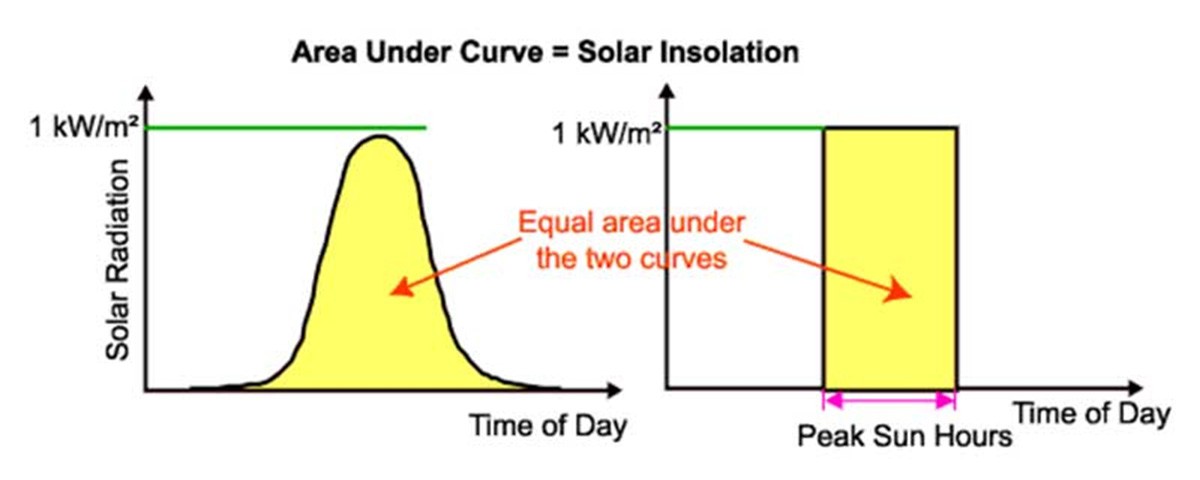What Is The Maximum Energy Output Of a Solar Panel During Peak Sunlight Hours?
A solar panel is a device that converts solar radiation into electrical energy. During periods of strong sunlight, solar panels can output maximum energy. So, what is the maximum energy output of solar panels during peak sunshine hours?
1. Characteristics of peak sunshine hours
The peak hours of sunlight are generally from noon to around 2 p.m., when the sun's altitude angle is highest, the sun's rays illuminate the ground vertically, and the light intensity is maximum. At this time, the solar panel can receive the maximum solar radiation energy and output the maximum power. During other times, the solar panel's power output is reduced.
2. Maximum power output of solar panels
During peak sunshine hours, the output power of solar panels can reach about 70% to 80% of the rated power. The specific output power depends on the design of the solar panel and factors such as light intensity and solar altitude angle. When sunlight directly hits the surface of the solar panel, the output power of the solar panel is maximum. At this time, the output power of the solar panel is proportional to the square of the light intensity, proportional to the cosine of the sun's altitude angle, and inversely proportional to the temperature of the solar panel.

3. Output characteristics of solar panels
The output characteristics of solar panels are a nonlinear function, generally represented by a volt-ampere characteristic curve. In the volt-ampere characteristic curve of a solar panel, there are two very important points: open circuit voltage and short circuit current. The open circuit voltage is the voltage when the solar panel output power is 0, and the short circuit current is the current when the solar panel output power is maximum.
The output characteristics of solar panels are affected by many factors, including solar intensity, panel temperature, panel area, panel material, etc. In an ideal world, when sunlight intensity reaches its peak, the panel's voltage and current output also reach their maximum. However, in practical applications, they are often affected by complex natural environmental factors, and the output characteristics of the battery panels will also be affected.
Excellent solar panels usually have high-efficiency output characteristics. On the one hand, they are able to produce relatively high voltage and current output at relatively low sunlight intensities, thereby increasing the panel's practicality and efficiency. On the other hand, they are also able to maintain relatively stable output characteristics under harsh environmental conditions such as high and low temperatures, thereby enhancing the durability and reliability of the battery panels.
Currently, with the continuous advancement of technology, the output characteristics of solar panels are continuously improved. For example, technological innovations such as the application of new materials and modular design can provide solar panels with more efficient and reliable output characteristics.

4. Advantages of Solar Panels
Solar panels can be widely used in various fields such as homes, industries, and agriculture. It can not only meet the power needed in people's lives and work, but also save unnecessary pollution to the environment. This helps promote environmental protection and sustainable development. Therefore, the application of solar panels has fundamentally changed the energy utilization model and become an important foundation for future green development.
In short, the maximum energy output of a solar panel during peak sunlight hours depends on the design of the solar panel as well as factors such as light intensity and solar altitude angle. Solar panels have many advantages and are a widely used renewable energy source. The development prospects of solar panels are broad and have huge potential.

